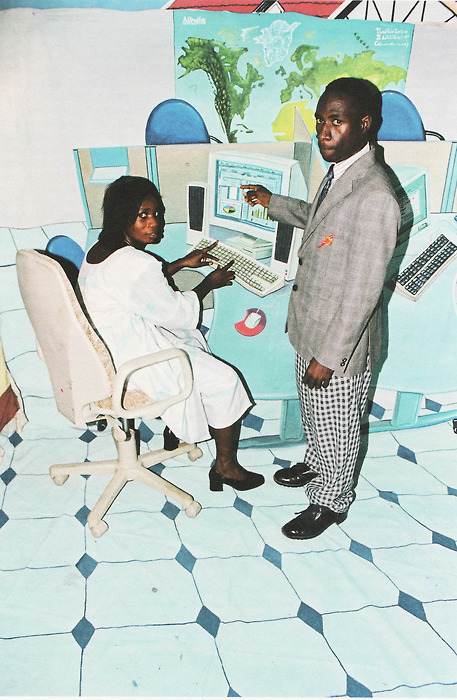
MITCH EPSTEIN
New York Arbor
Galerie Thomas Zander, Cologne, Germany
10.11.2012 - 19.01.2013
Galerie Thomas Zander is pleased to announce an exhibition of Mitch Epstein’s latest series New York Arbor. For the first time, these large-format works show black and white photographs of the artist, who, along with William Eggleston and Stephen Shore, is a pioneer of artistic colour photography.
New York Arbor (2011/ 2012) is dedicated to Epstein’s hometown and examines extraordinary trees in New York City’s five boroughs. Rooted in parks, shopping centers, gardens, cemeteries, and sidewalks, some trees have adapted to their surroundings like contortionists, while others have been pruned into prized specimens. They are as diverse as the city’s populace. This project honours the endurance and mystery of these trees, and their importance to urban life.
In his œuvre, Mitch Epstein (b. 1952, lives and works in New York City) investigates the politics of human intimacy and how intimacy interacts with the world at large, while also examining how corporate and governmental power is changing the landscape in which we live. Epstein has developed a signature approach, wherein his pictures appear staged and spontaneous at the same time, displaying troubling or provocative content. His earlier series The City, created in the 1990s, already focuses on New York. The pictures from The City are uncannily prescient of the post 9/11 urban environment: images depict an increase in surveillance cameras and investigate individual attempts to safeguard or flaunt privacy in the public realm. Epstein’s recent, acclaimed photographic series American Power, which was awarded the Prix Pictet in photography and sustainability, examines energy usage and excess in the United States. These pictures were made on forays to energy sources and their environs.
Mitch Epstein’s photographs are collected by major international institutions, including The Metropolitan Museum of Art, The Museum of Modern Art in New York, and The J. Paul Getty Museum in Los Angeles. The artist published numerous books; a publication of his current series New York Arbor is forthcoming (Steidl, 2012).




























